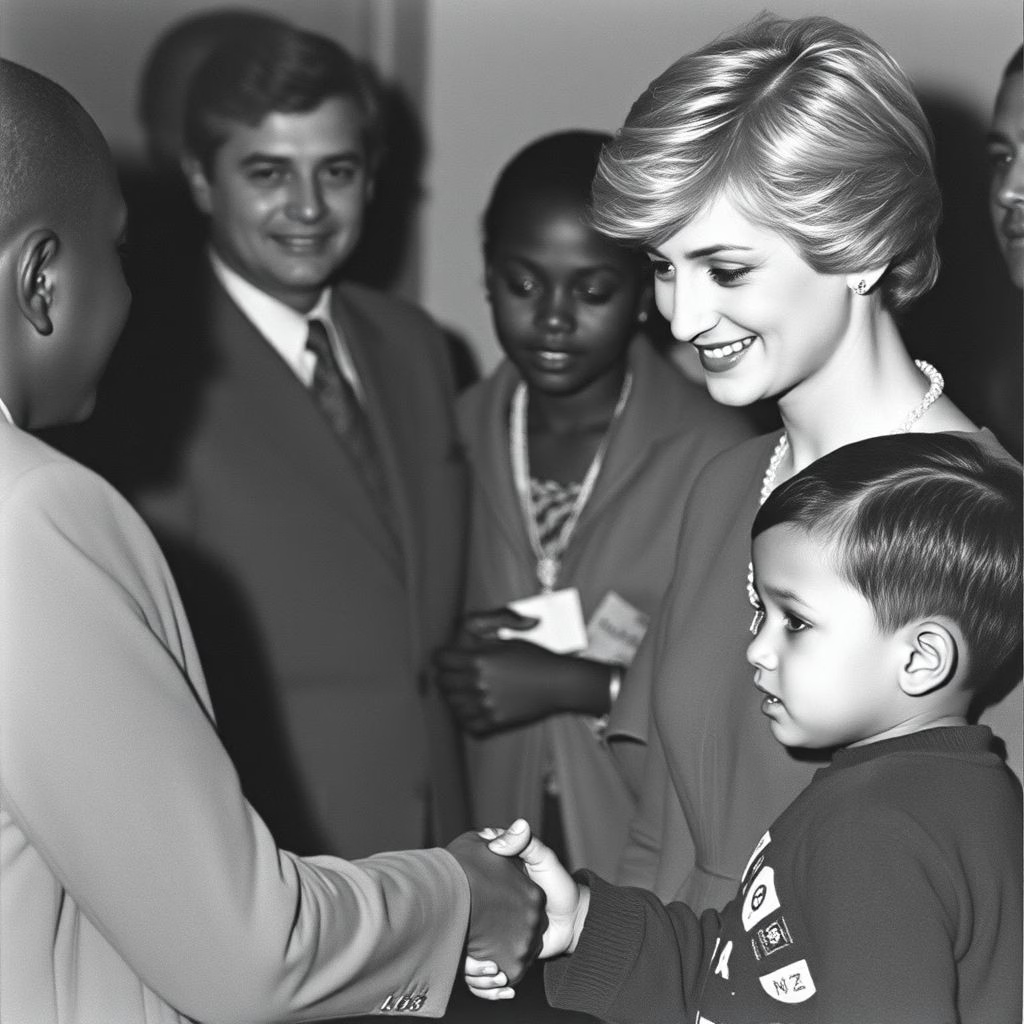Remembering Diana: The Princess of Wales and Her Enduring Legacy

Remembering Diana: A Princess of the People
Diana, Princess of Wales, remains a captivating figure, years after her untimely death. More than just a member of the British royal family, she was a global icon, a humanitarian, and a woman whose life and legacy continue to resonate. Born Diana Frances Spencer, her story is one of fairytale beginnings, public scrutiny, and ultimately, tragedy. This piece explores the key moments of her life, her impact on the world, and why she remains so firmly etched in the public consciousness.
From Spencer Heiress to Princess of Wales
Diana’s journey began far from the palaces. She grew up in an aristocratic family, and her life took a dramatic turn when she married Prince Charles in 1981. The wedding, a global spectacle, saw her become Princess of Wales and instantly thrust her into the international spotlight. The young Diana, a shy but undeniably charismatic woman, quickly captured the hearts of the public. She became a style icon and a symbol of grace, often photographed with her young sons, Princes William and Harry.
A Marriage Under Pressure
The fairytale, however, masked a complex reality. The marriage to Charles was strained, marked by incompatibility and, as revealed later, extramarital affairs. The pressure of royal life, constant media attention, and the difficulties within the marriage led to a public separation in 1992 and a divorce in 1996. These events played out on a global stage, with Diana’s popularity only seeming to grow as she navigated the challenges of her personal life.
A Humanitarian Icon: Beyond the Crown
Beyond her royal duties and the intense public interest in her personal life, Diana distinguished herself through her unwavering commitment to charitable work. She used her platform to champion various causes, most notably campaigning against AIDS and landmines. She challenged societal stigmas, visiting AIDS patients and advocating for their rights at a time when the disease was widely misunderstood and feared. Her work with landmine victims, including walking through minefields to raise awareness, was a powerful act of defiance and compassion that earned her global respect. Diana’s efforts were not just symbolic; they significantly contributed to increased awareness and funding for these critical causes.
A Tragic End and Lasting Impact
The world was stunned by the news on August 31, 1997. Diana, Princess of Wales, died in a car crash in Paris. The outpouring of grief was unprecedented. Millions mourned her loss, leaving flowers and tributes at Kensington Palace and other locations around the world. Her death sparked a global conversation about the role of the media, the pressures of royal life, and the enduring power of compassion. Diana’s legacy continues to shape the British royal family and influence society today. Her sons, William and Harry, have carried on her charitable work, honoring her memory by supporting causes she championed, including mental health awareness and HIV/AIDS research. Her life continues to inspire, reminding us of the importance of kindness, empathy, and fighting for those in need.
The Princess’s Enduring Influence
Diana’s impact is felt in various ways. Her style continues to be emulated. Her commitment to her sons, William and Harry, helped to modernize the image of the royal family. More importantly, Diana showed the world the power of a public figure to use their position for good. Her work transformed perceptions of sensitive topics and her legacy lives on. She remains a symbol of hope, resilience, and the enduring power of the human spirit. The story of Diana, Princess of Wales, is a reminder of how much a single person can achieve, even in the face of adversity.




